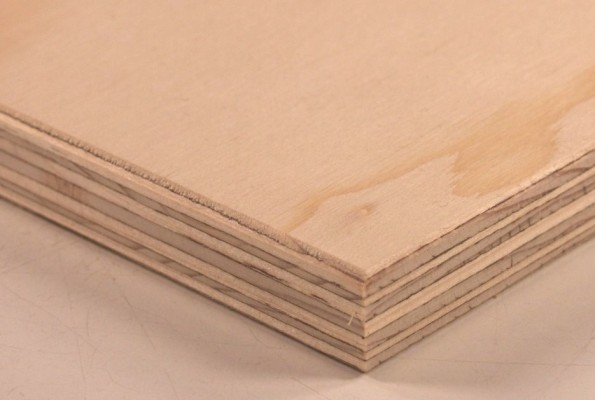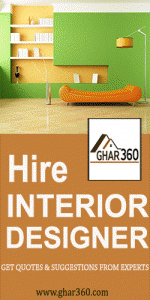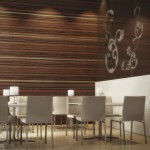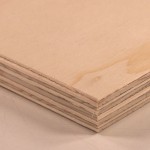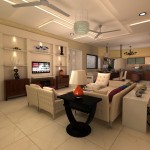Type of wood to be used and the what wood specification should be used for various interior work is the most common question among homeowners when they are planning to do interior work. We are trying to answers few of those queries , which will help them to choose the right materials for their home interiors.
PLYWOOD
Plywood is the sheets of wood pasted together. It comes in many specifications based on the chemical treatment of the wood and the glue used to bind the sheets together which determines its type of use .Plywood is available in multiple thickness from 2 mm to 38mm
Plywood Standards & Specs:
1. IS 303: This is the ISI or BIS Specification for Plywood. This is further divided into MR Grade and BWR Grade
- MR Grade: Stands for Moisture Resistance – MR Grade Ply is basically regular plywood. This is also sometimes called Commercial Ply. In laymans terms this can be used everywhere except in the Bathroom & Kitchen.
- BWR Grade Plywood: This is Boiling Water Resistant Plywood. Some companies call it BWP (Boiling Water Proof) Grade however the Bureau of Indian Standards has officially done away with the BWP terminology. In layman’s terms this wood is also mentioned as Marine Ply & is for use in the Kitchen & Bathroom.
Note: Recommendation for Kitchens is therefore “IS303, BWR Grade Plywood”
2. IS 710: This is the “Formal” Standard for “Marine Grade” Plywood – used for making boats & ships
Suggestions by Ghar360 on buying Plywood
Commercial ply & Marine ply are 2 types of plywood commonly used for Home Interiors
Marine ply is used in areas like bathroom, kitchen, etc. where water contact is expected. While commercial ply is used in bedroom and other rooms
Ensure the weight of the plywood. Do this by trying to pick the ply yourself.
Make sure the plywood is uniformly thick.
To verify the strength of the ply, look for the grains of veneer sheets. Look at the edge for thickness of the ply. You will notice the grain direction of each veneer used to make a ply. If the grains are in opposite direction or at angles, than the wood is strong & durable.
BLOCK BOARD
This is cubical stocks of wood sandwitched between two thin sheets of Ply. As is obvious from its construction block board has higher resistance against warping or bending. It is available in the standard thickness of 16, 19 & 25 mm
The Bureau of Indian Standards has the IS 1659 Standard for Blockboards. Again this is subdivided into MR Grade (Commercial Board) & BWR/ BWP Grade (Boiling Water Proof)
The board used to make the sliding shutter should be a “Block Board” and not a Ply Board, MDF, Particle Board etc. This is because Block Board offers the maximum resistance against bending.
MEDIUM DENSITY FIBRE (MDF)
It is a engineered wood basically made from wood pulp. As is obvious from its construction MDF has low resistance to warping/ bending & moisture.
Particle Board
This is chips of wood glued together and pressed into sheets. It has least resistance to moisture. Because of its low density & weight Particle board offers good resistance to bending especially in applications requiring long panels
Ghar360 Recommendations
For Kitchen carcass Warterproof Marine Ply (Technically called BWR 303 Grade Ply ISI Marked ) is preferred.
For Shutters MDF Membrane or Hardwood shutters give a good finish . Shutters do not hold the entire Kitchen weight, only their own. Hence in normal Kitchen use conditions both MDF + Membrane & Marine Ply/MDF + Laminate work well, however particle board shutters are not recommended.
If it is 9 feet tall (all the way to the roof) or a 7 feet tall sliding shutter (which is usually broader than a standard hinged shutter) & needs to resist bending forces, then use Block Board ONLY (preferably a 19mm + a 6mm (or more) sheet stuck together).
comments

